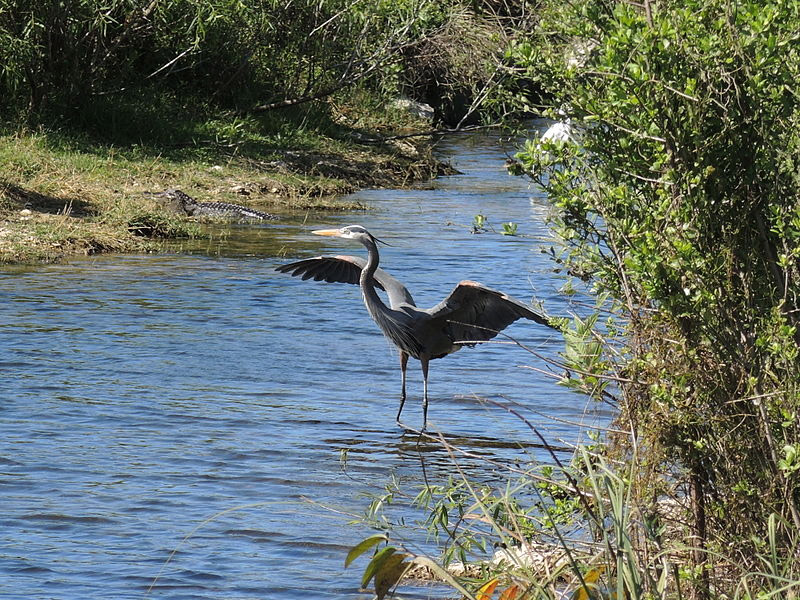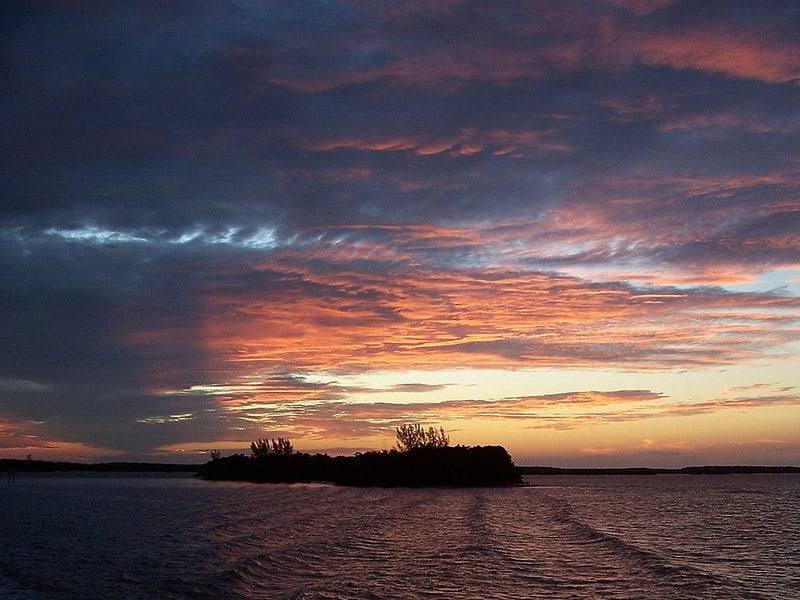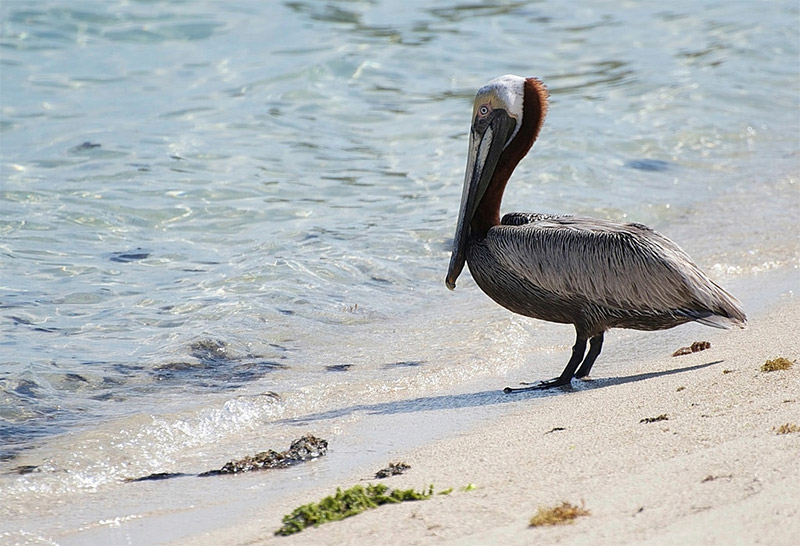There are a lot of reasons for landscape and nature photographers to love Florida. The unique landscape and abundant wildlife make it possible to get photos in Florida that are unlike those from any other location in the U.S. On this page we’ll feature some of the best locations throughout the state for nature photography. The interactive map below shows the location of each spot mentioned on this page.
This page will continue to be a work in progress, so please feel free to leave a comment with your own suggestions of great places to photograph.
Everglades National Park
Everglades National Park, located at the southern end of Florida, is the third largest national park in the U.S. (only Death Valley and Yellowstone are larger). It is also the largest subtropical wilderness in the U.S. This area of wetlands, mangroves, and forests are extremely important for many species of animals, including wading birds, alligators, American crocodiles, and Florida panthers.
Near the Shark Valley Visitor’s Center, west of Miami, is a 15-mile (round trip) road with an observation tower. Near the Ernest F. Coe Visitor’s Center is a 38-mile that leads through beautiful scenery. From this road there are several hiking trails available. At the Royal Palm Visitor’s Center you can take the Anhinga Trail for one half mile through the sawgrass marsh. Other parts of the park can be explored by boat.
Big Cypress National Preserve
Big Cypress National Preserve is in south Florida, west of Miami and adjacent to Everglades National Park. There are multiple campgrounds and several hiking trails available to enjoy the landscape and wildlife. Hiking in Big Cypress often involves wading through shallow water, and with alligators in the area you will need to be alert. The 27-mile Loop Road is a great way to easily see the area. There is also a 17-mile Turner River / Wagonwheel /Birdon Roads Loop that will give you some great views of wading bird feeding areas.
Biscayne National Park
Biscayne National Park, south of Miami and east of Everglades National Park, preserves Biscayne Bay and its barrier reefs. Most of the park is water and mangrove forest. Boat tours, snorkeling, and hiking are popular activities.
The only part of the park that is accessible by car is near the Dante Fascell Visitor’s Center at Convoy Point. Other parts of the park must be accessed by boat. Guided boat tours are available, or you can use your own boat and camp on the island campgrounds of the park.
Dry Tortugas National Park
Dry Tortugas National Park the seven Dry Tortugas Islands, about 70 miles west of Key West. Fort Jefferson, a massive fortress built in the 1800’s, is the centerpiece of the park. In addition to Fort Jefferson, Dry Tortugas is known for abundant wildlife and beautiful water.
The park is accessible on by boat or seaplane. Daily boat tours from Key West will give you about 4 hours to see the park. Camping is permitted if you want an extended stay.
Captiva Island and Sanibel Island
Captiva and Sanibel Islands are located in southwestern Florida in the Gulf of Mexico. The islands can be accessed by the Sanibel Causeway, which is at the south end of Sanibel Island (Captiva Island is just north of Sanibel Island and connected by Sanibel Captiva Road).
These two islands are known for the beautiful scenery, beaches, and wildlife.
J.N. “Ding” Darling National Wildlife Refuge
J.N. “Ding” Darling National Wildlife Refuge is on Sanibel Island . It protects a large mangrove ecosystem and is an important location for migratory birds. The four-mile Wildlife Drive (closed Fridays) is a great starting point. From Wildlife Drive you can access several trails as well. The best time to visit is at low tide and the refuge refers visitors to this tide chart.
Osceola National Forest
Osceola National Forest is in northern Florida, west of Jacksonville, and includes 200,000 acres of pine and cypress swamps. The park features several trails, including a 28-mile stretch of the Florida National Scenic Trail. Camping is also permitted.
Ocala National Forest
Ocala National Forest is located in central Florida, between Gainesville and Orlando. The forest includes many lakes, campsites, and hiking trails. Kayaking and canoeing are also great ways to explore and photograph the area. The Black Bear Scenic Byway is also a great way to see the area.
St. Marks National Wildlife Refuge
St. Marks National Wildlife Refuge is located in northern Florida, south of Tallahassee. It includes saltwater marshes, tidal creeks, and islands. Wildlife within the refuge include black bear, bobcat, coyote, alligator, many species of birds, and more. The refuge includes hiking trails and a historic lighthouse. There are nature photography classes available, as well as a photo club.
Key West
Key West in the Florida Keys is a popular tourist destination, but but the beautiful beaches and scenery also make it ideal for photography. At only about 4 square miles, the island is small enough to easily explore.
Cape Florida Lighthouse
The Cape Florida Lighthouse is located at the south end of Key Biscayne, southeast of Miami. It is now a part of Bill Braggs Cape Florida State Park. The park also features an amazing beach as well as the picturesque lighthouse.
Bunche Beach Preserve
Bunche Beach Preserve is located on the mainland just across from Sanibel Island, very close to the Sanibel Causeway. It includes beaches, mangrove forests, and salt flats. The wildlife and plants offer great photographic opportunities.
Venice Area Audubon Rookery
In southwestern Florida, the Venice Area Audubon Rookery is a great place to photograph birds. Here you may find Great Blue Herons, Great Egrets, Snowy Egrets, Glossy Ibises, and more. The lake is also home to alligators.
License links: CC BY-SA 4.0, CC BY-SA 3.0, CC BY-ND 2.0, CC BY 2.0, CC BY-SA 2.0, CC0


































Your Florida choices are quite good but don’t have many Gulf Coast spots.
Here are a couple :
Myakka River State Park
Celery Fields (fantastic Bird watching)
Richardson wildlife area